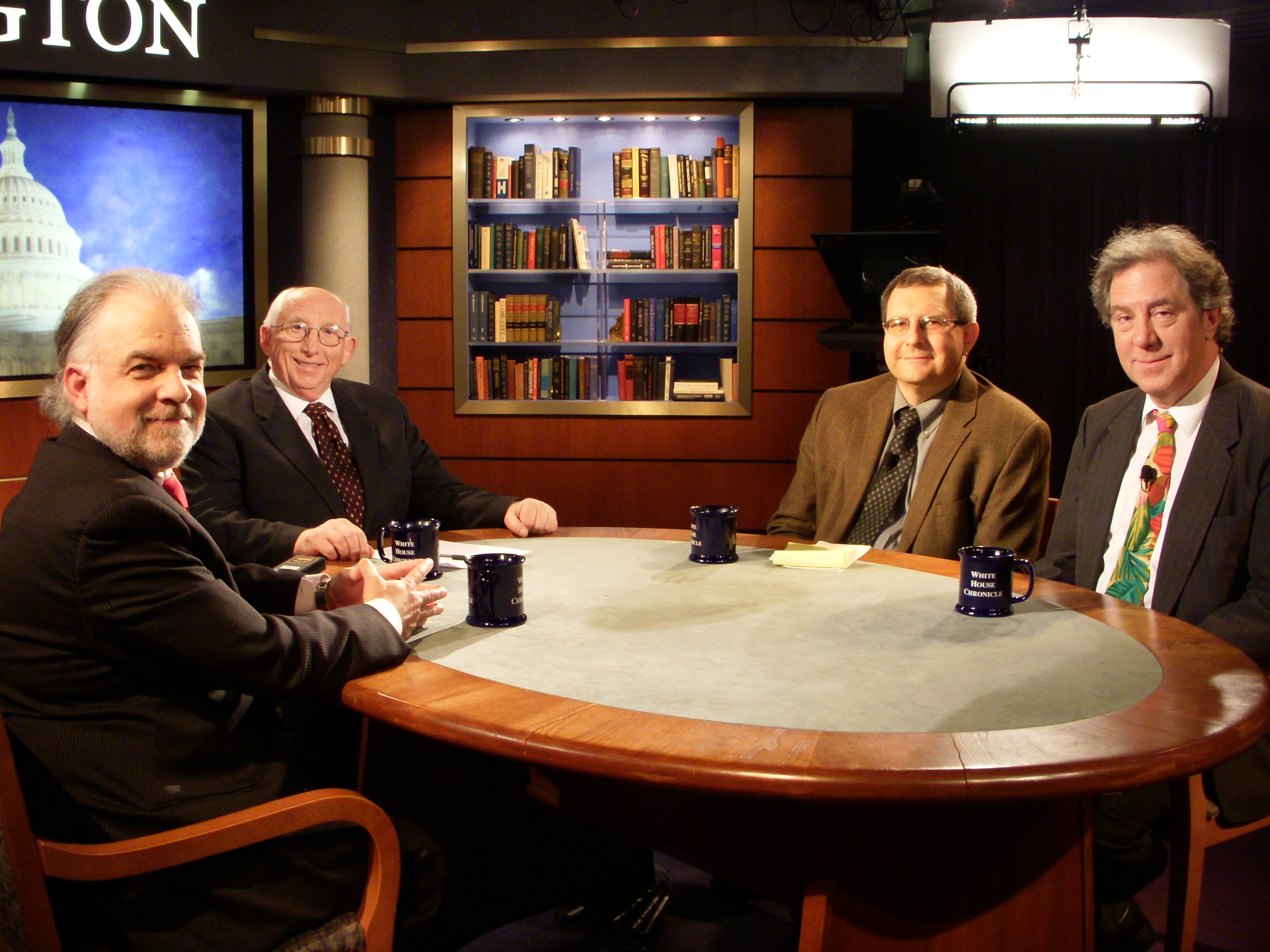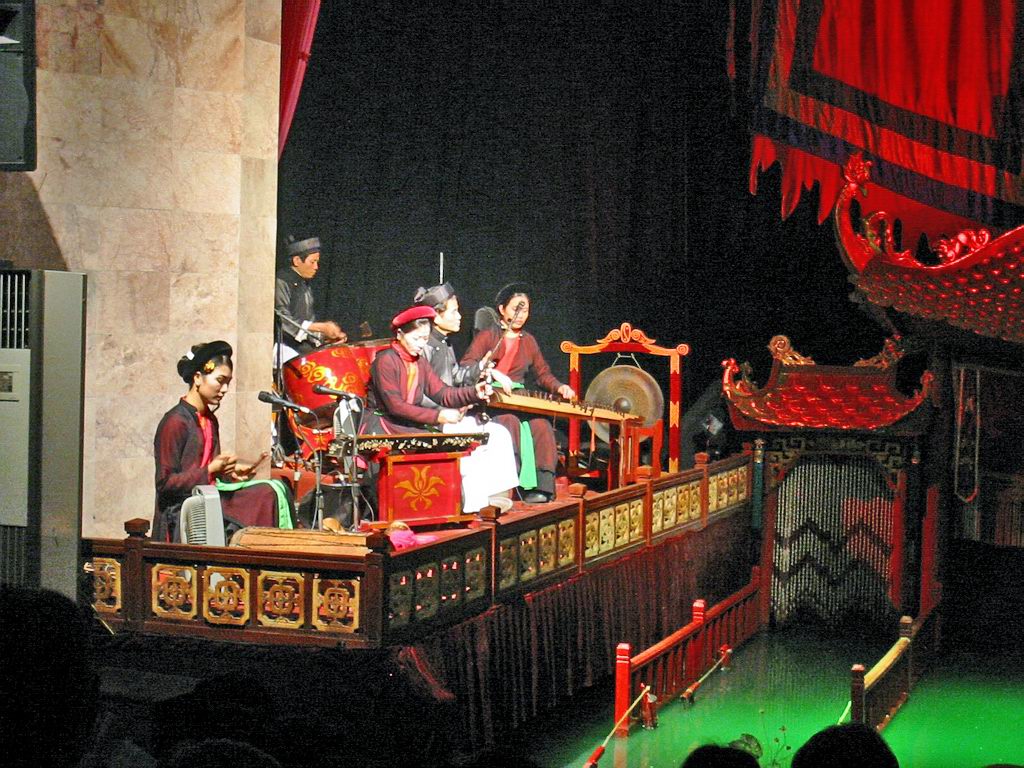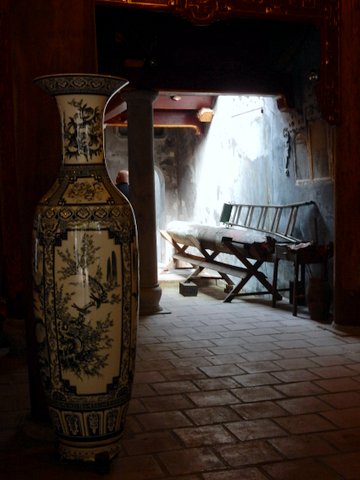The residents of Happy Valley, aka The Wall Street Journal, are deeply gloomy that their new proprietor will almost certainly be Rupert Murdoch. There is irony here: The world’s best business newspaper is about to be acquired by the world’s most successful and imaginative publisher.
Murdoch’s Wall Street Journal will not have a column by Bill Kristol on Page One, nor will it have naked women on Page Three.
Murdoch’s real genius is that he knows his markets. He has also learned the hard way that newspapers in the U.S. are different than those in the U.K. or Australia. Based on past performance, he will move cautiously at The Journal, and will probably make few editorial changes. It is the management where his ax will most likely fall. Murdoch likes his managements lean and mean.
Why will he leave the news side of The Journal alone? The answer lies in Murdoch’s history. When he expanded into the U.K., Murdoch exploited the already salacious News of the World and took a middling tabloid, The Sun, to quite a difference place. Initially, The Sun had been the property of the British trade unions, and was bought by the Daily Mirror group. The group was sympathetic to the unions.
But The Mirror’s attitude to the working man was forged in the 1930s. It patronized the workers; saw them as horny-handed, exploited and ghettoized. But by the 1970s, when Murdoch made his move, the British worker owned a car and took his vacation in Spain.
Yes Murdoch vulgarized The Mirror, but he also appealed to the aspirations of the readers. He flipped the politics of the paper from left to right, and it took off to become the most successful of the British tabloids.
At The Times and The Sunday Times, Murdoch eradicated the sense of superiority, aiming the papers at the prosperous middle class, not at the hide-bound aristocracy and their set. Commercially, the results have been less dramatic than they were at The Sun. Nonetheless, Murdoch has saved two great newspapers, which were on their deathbeds when he came through the door.
Along the way, Murdoch tamed the unions, brought in new technology, and repudiated the blandishments of the British establishment. When he was denied a toehold in British television, Murdoch did a courageous and superb end-run. He bet his assets on establishing BSkyB, as satellite service that sold subscribers the dishes as well as the programs. It has been a success.
When Murdoch romped into the U.S., his British formulas did not work in American newspapers. Those he bought did not respond to his innovations. When he owned it, The Chicago Sun Times lost circulation. And he found no traction in Boston and San Antonio, Tex. The New York Post is not a commercial success; rather, it is Murdoch’s indulgence. He can afford it.
If Murdoch has failed as a newspaper proprietor in the U.S., he has succeeded mightily in television. The formula that worked in his British tabloids has worked even better in his American TV projects: conservatism with vulgarity. Particularly with Fox cable, Murdoch has been able to replicate what he achieved with the saucy Sun newspaper.
So why are they so worried at The Wall Street Journal? Could it be that the paper has become smug and self-satisfied, and fears change? Can it be that the staff would rather the paper die in a long, slow war of attrition than allow the world’s most innovative proprietor launch an offensive?
But there is one issue that The Journal should worry about: It is that Murdoch is 76 years old, and has a large and querulous family.





